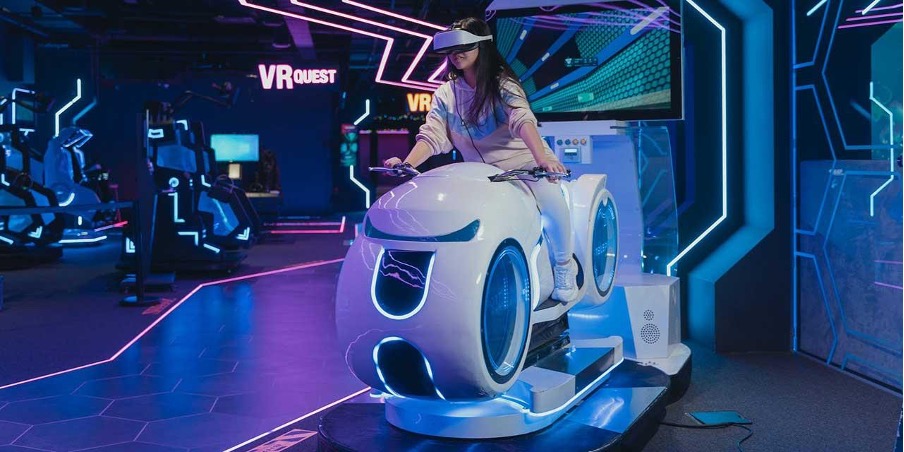
Despite apocalyptic predictions about the future of the trade show industry after the COVID-19 pandemic, the trade show industry has survived and even returned to its previous format. It is one of the few industries where nothing has changed on the outside in the last 50 years. However, if you look inward, you can see that progress and evolution have had a profound impact on trade shows.
The principle of trade shows is still the same as it was at the very beginning of this industry’s evolution. Companies show their products and capabilities to other companies or ordinary people for the sole purpose of increasing their profits.
So, what has changed in the trade show business?
Analysis of Modern Trends
At a time when people were afraid to walk the streets, and businesses were frozen ahead of further events, it seemed that life would never be the same. Businesses scrambled to find new logistical routes and ways to communicate. Exhibitions in their standard form became a potential threat to the health and lives of visitors. This was the new impetus for moving meetings to an online format. Online platforms for business-to-business meetings began to appear one after the other. Companies began to offer their partners new demonstration solutions – virtual exhibition stands. Exhibition centers quickly adapted to the new realities and began working hard to digitize as many processes as possible. One by one, traditional exhibitions were eliminated, giving way to digital meeting facilities.
A statistical survey of trade show attendees indicated that people expected the percentage of trade shows to go digital, but no one thought the trade shows we were used to would disappear.
Respondents from all over the world gave the same answers. And today, we can see if they were right about the impact of the pandemic on the exhibition industry.
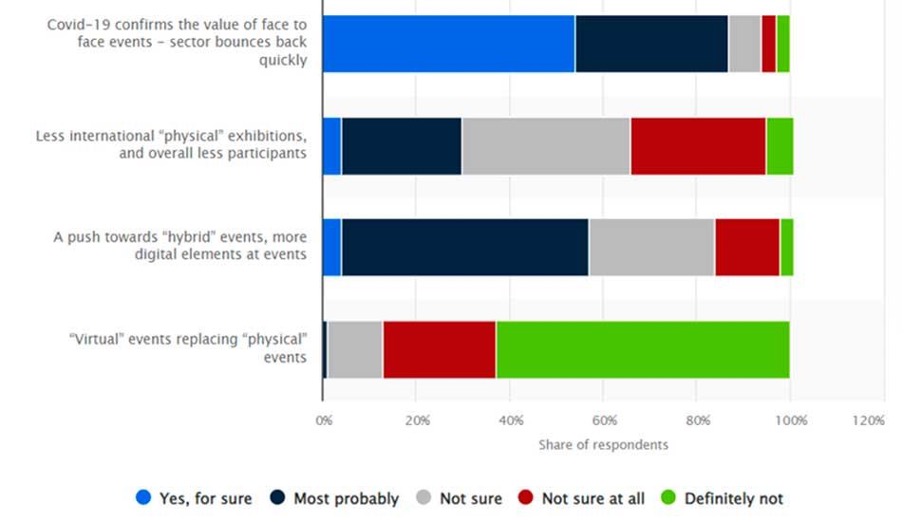
Expected future trade show format in Europe as of December 2022.
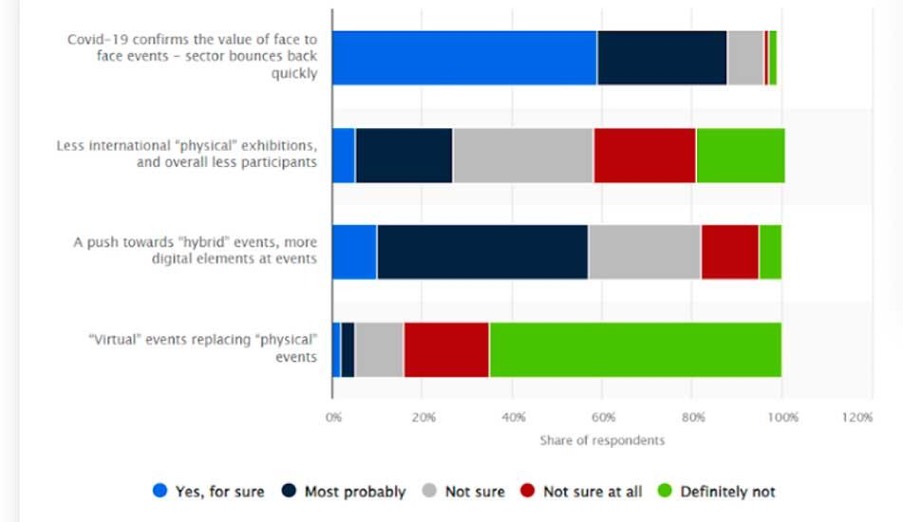
Expected future format of exhibitions in the world as of December 2022.
Technological Innovation in the Exhibition Industry
As the charts show, the majority of respondents were right. Exhibitions have moved to a hybrid format. However, this has not affected all exhibitions. Where it is necessary to demonstrate the product and its capabilities, exhibitions are still held in the traditional way: exhibition booths, substantial exhibition halls, and crowds of visitors.
But what has changed from the previous, pre-COVID era?
Virtual Reality (VR) provides a fully immersive computer-based environment that can transport visitors to virtually any location or scenario. In a trade show context, VR allows exhibitors to create highly interactive virtual spaces where visitors can explore products, art installations, or information in a 360-degree virtual environment. Visitors can interact with exhibits as if they were physically present at the show, creating a more engaging and memorable experience.
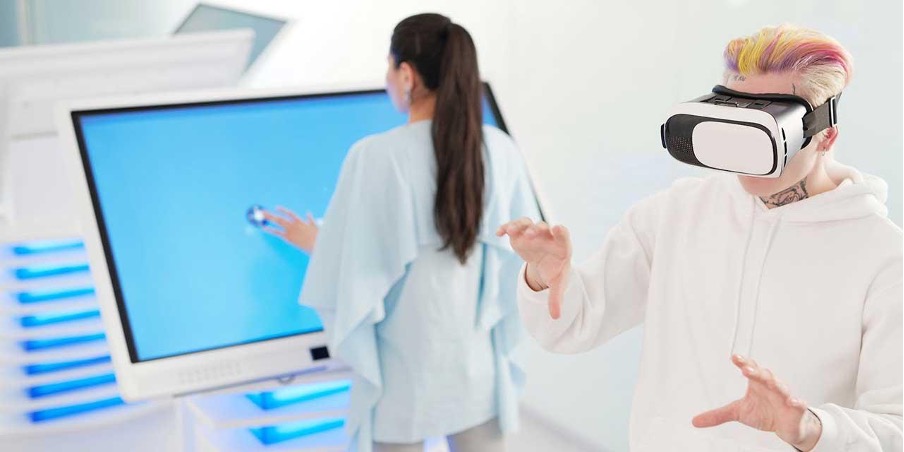
Augmented reality (AR) adds computer-generated elements to the real world. AR applications and devices, such as smartphones and AR glasses, overlay digital information onto the physical world. Exhibitions have begun to use this to provide context, additional information, or interactive elements related to exhibits to enhance visitor understanding and appointment. There is no longer a need to lug vast samples of your products to the booth or buy large amounts of booth space. Augmented reality can demonstrate all the benefits of these goods without their physical presence.
The impact of VR and AR on the exhibition industry is enormous. These technologies not only extend the reach of exhibitions to a global audience but also offer new levels of interactivity and engagement. Exhibitors benefit from the ability to showcase products and services in innovative ways, and attendees get an immersive and memorable experience. As technology advances, the integration of VR and AR is expected to become more commonplace at trade shows, further changing the way we interact with the world of displays and information.
Prospects for the Development of Hybrid Exhibitions
The prospects for hybrid exhibitions are exceptional, as they are a harmonious blend of online and offline elements that offer a range of unique opportunities and experiences.
Hybrid exhibitions seamlessly combine the physical presence of in-person events with the accessibility and reach of virtual platforms. This combination offers a number of advantages.
Such exhibitions can attract audiences from around the world. Exhibitors no longer need to travel to a specific location, making the show more inclusive and reducing geographic barriers.
Exhibitors can reach more potential customers, partners, and stakeholders by showcasing their offerings both in person and online.
Hybrid formats give exhibitors the freedom to choose how they want to participate – in person or online – based on their preferences, time, and resources.
The virtual components of hybrid trade shows generate analytical data that helps organizers and exhibitors understand attendee behavior, interests, and preferences. This valuable data can be used to tailor future shows to increase engagement.
Based on this, we can expect future innovations to include more advanced VR and AR technologies that allow online visitors to interact with exhibits in a more immersive way. Virtual visitors will be able to explore 3D spaces, interact with products, or participate in collaborative activities in real-time.
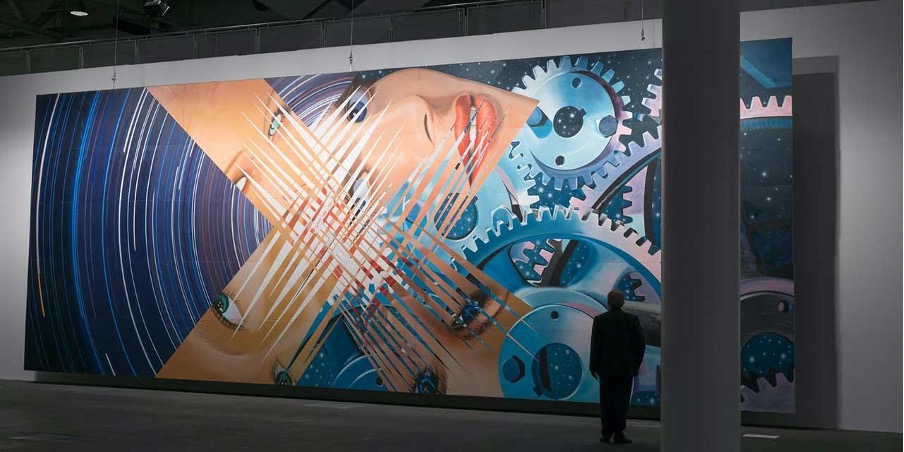
Hybrid exhibits are likely to feature more sophisticated networking and collaboration tools that foster meaningful connections between attendees. Artificial intelligence-driven recruiting systems and virtual social halls may become standard.
Organizers can design exhibitions with a “hybrid approach” in mind, creating experiences that appeal to both in-person and online visitors rather than treating the virtual aspect as an afterthought.
The delivery of educational and informational content can become more interactive and personalized, meeting the diverse needs of attendees and allowing them to access resources before, during, and after the event.
Specialized platforms designed specifically for hybrid exhibitions are expected to emerge to provide a seamless, integrated experience for both physical and virtual attendees.
Hybrid exhibitions can focus on sustainability, reducing the carbon footprint associated with physical events by encouraging virtual participation. This approach aligns with the growing importance of environmental responsibility.
In conclusion, the outlook for hybrid exhibitions is bright, offering a dynamic and flexible approach that combines the best features of the physical and virtual worlds. With continued advances in technology and a growing understanding of visitor preferences, the future of hybrid exhibitions promises to be innovative, inclusive, and sustainable. This evolution will transform the exhibition industry by providing engaging and accessible experiences for a diverse and global audience. Surprise is the motto of future exhibitions.
Sustainability and Ecology in the Exhibition Industry
Sustainability and environmental considerations are becoming increasingly important in the planning and execution of exhibitions, sparking a wave of innovative practices. These initiatives aim to reduce the environmental impact of events and build a broader commitment to sustainability.
Typically, trade shows leave behind mountains of waste, and at the end of the show, all booths are reduced to nothing and recklessly thrown away. This is forcing show organizers and exhibition stand builders to look for solutions to reduce their environmental impact.
Show organizers and exhibitors are now adopting green purchasing practices that prioritize environmentally friendly and sustainable products and materials. This includes using recycled or recyclable materials for booths, signage, and promotional products. In practice, however, this makes it more expensive to build a trade show booth and stretches the exhibiting company’s budget.
Trade shows have begun to emphasize energy-efficient lighting and climate control systems, often opting for LED lighting and intelligent HVAC systems to reduce energy consumption.
Waste reduction is a top priority. Practices such as recycling and composting, as well as minimizing single-use plastics and packaging, have become the standard for many booth builders and clients themselves.
Organizers encourage the use of public transportation, carpooling, or even virtual attendance to reduce the carbon footprint associated with traveling to events.
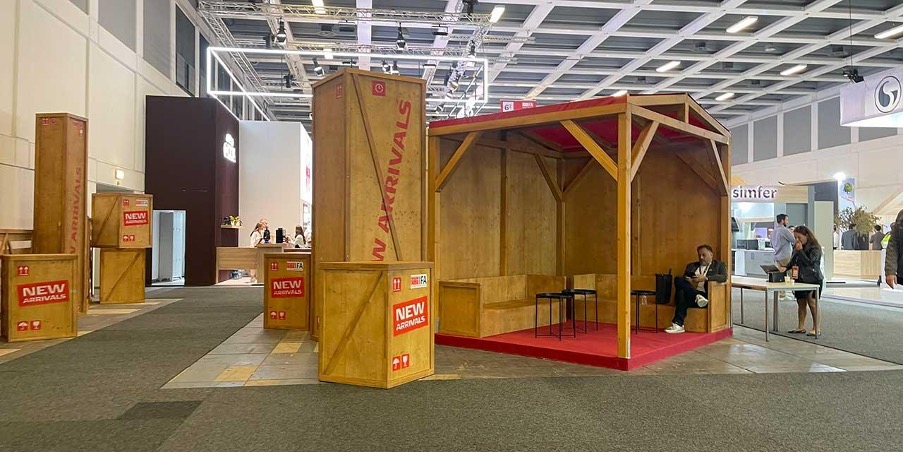
Choosing venues with high levels of sustainability, such as LEED-certified buildings, demonstrates a commitment to going green.
Here’s an example of events that have put into practice what everyone is just talking about.
The 26th United Nations Conference of Parties on Climate Change (COP26), held in Glasgow, Scotland, emphasized sustainable development. The event focused on achieving carbon neutrality and various initiatives, including sustainable transportation, waste reduction, and renewable energy. COP26 was a global example of integrating sustainability into a significant event, highlighting its importance on the international stage.
The CES Consumer Electronics Show is increasingly incorporating green initiatives into its exhibits, encouraging exhibitors to showcase sustainable technology solutions. The event promotes responsible product design and energy efficiency, demonstrating the technology industry’s commitment to sustainability.
Sustainable Brands Conference. This conference series focuses on sustainable branding and marketing. Sustainable Brands actively seeks to inspire attendees to find sustainable solutions and best practices for business.
Sustainability initiatives in the exhibition industry not only help reduce the environmental footprint of events but also serve as an example of responsible business practices. But in practice, things are not as rosy as they look in the long run.
Return to Traditional Exhibitions: Realities and Forecasts
As a result, trade shows have returned to their traditional format because it is impossible to recreate all the atmosphere of live, person-to-person interaction at an event online. It is a whole ecosystem with its own processes and rules. It cannot be destroyed, it can only change without losing its essence.
So what’s the secret behind the fact that exhibitions tend to stick to their familiar format despite the introduction of new technologies and attempts to move them in a new direction? In our opinion, the secret lies in the complex of the following points:
- Human interaction. The inherent value of face-to-face interaction, networking, and the tactile sensations of physical exhibits cannot be easily replicated in a virtual environment. The desire for authentic connections remains a compelling factor for a return to traditional exhibits.
- Randomness. Physical exhibits often feature unexpected encounters and discoveries that are less likely to occur in a virtual environment. This element of surprise and spontaneity can engage visitors.
- Product demonstration. For industries where physical interaction with products is critical, such as automotive or fashion, traditional trade shows provide opportunities for hands-on demonstrations and immersive experiences.
- Local and regional presence. Trade shows provide an ideal platform for local and regional companies to connect with their immediate audience and establish a physical presence in the marketplace.
On this basis, we believe that further developments in technology will be able to modify slightly the format of trade events to which we have become accustomed.
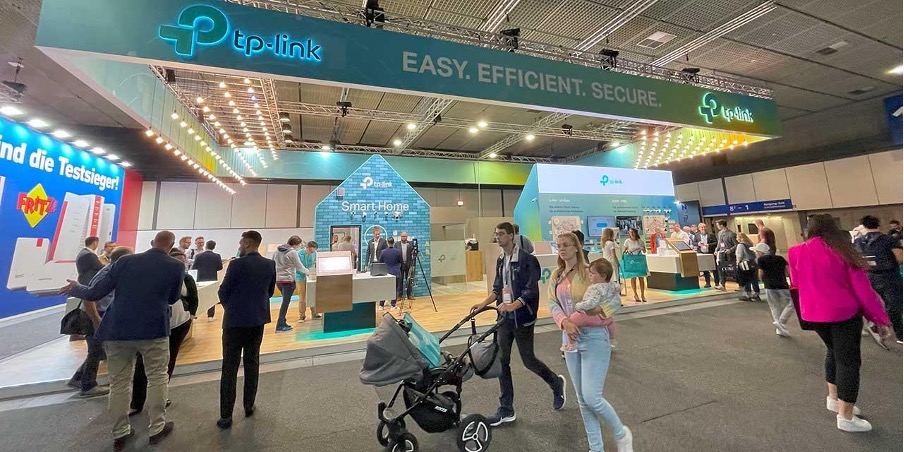
Many exhibitions are likely to continue to incorporate digital and virtual elements, even if they revert completely to traditional formats. This hybrid approach allows for greater reach and interactivity.
The sustainability themes adopted during the pandemic, such as waste reduction, energy-saving technologies, and environmentally friendly materials, are expected to remain at the forefront of traditional trade shows.
Exhibitions are likely to be more proactive in using technology to enhance the visitor experience, such as offering augmented reality guides, mobile apps, and interactive displays.
Traditional exhibitions in Europe will need to adapt and find innovative ways to coexist with virtual and hybrid counterparts. They will evolve to meet changing visitor expectations.
Physical exhibitions will diversify their offerings by hosting a more comprehensive range of events beyond trade shows and product displays. These may include special events, cultural exhibitions, and interactive events.
While large international exhibitions will remain, there will be an increased focus on regional events and community connections to increase engagement with local communities.
Physical exhibitions of the future will focus on providing unique experiences that cannot be replicated elsewhere.
Traditional exhibitions in Europe are, therefore, likely to continue, as their value lies in the enduring value of face-to-face interaction and the unique experiences they offer. However, they will coexist with virtual and hybrid formats, and their long-term success will depend on their ability to adapt, innovate, and remain relevant in a changing exhibition landscape. Sustainability, technology integration, and a focus on enriching the visitor experience will be critical to their future viability.
A Look Into the Future: What Awaits the Exhibition Industry
So we are left to sum up and make a prediction about the future of the exhibition industry. Let’s look back here in 5–10 years to see how accurate we were in predicting the future of exhibitions.
In the future, hybrid exhibitions that seamlessly combine in-person and virtual components will become the industry standard. Advanced virtual reality (VR) and augmented reality (AR) technologies will enable immersive online interactions.
Exhibitions will use analytics better to understand visitor behavior, preferences, and engagement, enabling more personalized and efficient event planning. You may even receive a personalized invitation based on your preferences.
The industry will continue to focus on sustainability by reducing waste, using sustainable materials, and adopting green technologies. Zero-carbon events and environmentally certified venues will become more common. Perhaps every exhibit will show how much oxygen was used to create it.
Trade shows will adopt the latest technologies, including AI, IoT, and 5G connectivity, to enhance the visitor experience. Artificial intelligence-based matchmaking algorithms will facilitate networking, while IoT will provide exhibitors with real-time analytics.
In the post-pandemic era, health and safety measures will remain a focus. Contactless check-in, enhanced cleaning protocols, and improved ventilation systems will become standard.
Exhibitions will strive to create a more personalized experience by offering customized content and services to individual attendees based on their interests and behaviors.
What we can advise exhibitors given the trends:
- Master the technology.
- Diversify event participation for your brand.
- Demonstrate your commitment to sustainability.
- Engage audiences in communicating with your brand.
- Improve content quality.
- Demonstrate adaptability and flexibility.
- Develop collaborations with other industry participants.
- Explore sponsorship and monetization opportunities for your event efforts.
- Get feedback and improve.
In the coming years, the exhibition industry will continue to evolve and adapt to the changing landscape. Remaining competitive and successful will require a forward-thinking approach that embraces technology, prioritizes sustainability, and delivers exceptional visitor experiences. Those who anticipate and embrace these innovations and changes will be well-positioned to thrive in this dynamic industry.








